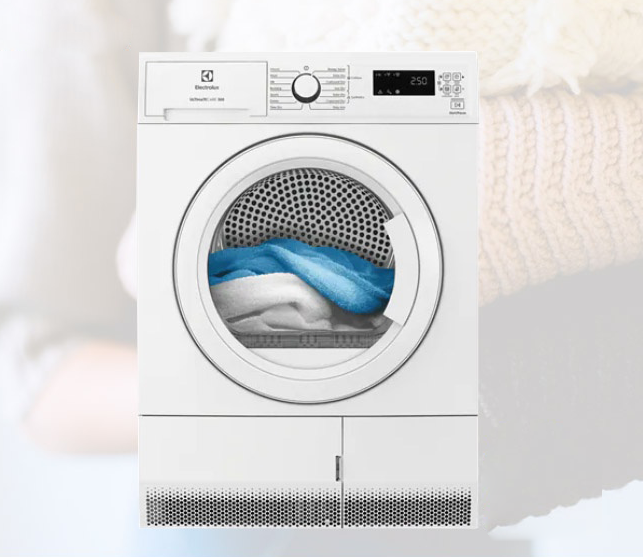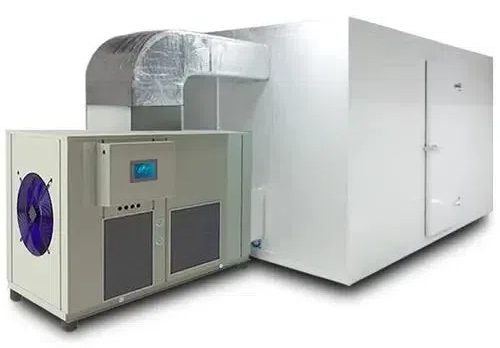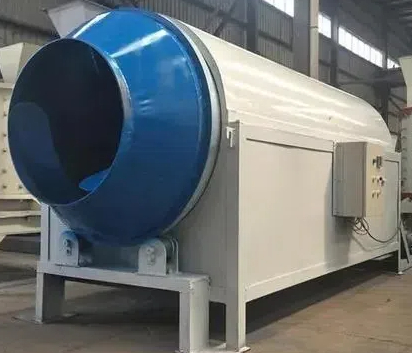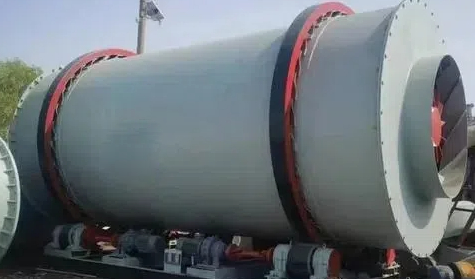
Content Menu
● Introduction
● Understanding Heat Pump Dryer Technology
● The Ventless Design Advantage
>> Installation Flexibility
>> Energy Efficiency
● How Heat Pump Dryers Handle Moisture
>> Condensation Process
● Installation Requirements
>> Space Considerations
>> Room Conditions
● Maintenance and Care
>> Regular Maintenance Tasks
>> Professional Service
● Environmental Benefits
● Cost Considerations
>> Initial Investment
>> Long-term Savings
● Practical Considerations
>> Room Placement
>> Usage Tips
● Common Misconceptions
● Future Developments
● Frequently Asked Questions
>> Q1: Can a heat pump dryer be installed anywhere in my home?
>> Q2: How do heat pump dryers manage moisture without venting?
>> Q3: Do heat pump dryers require special maintenance due to their ventless design?
>> Q4: Will a heat pump dryer increase room humidity since it doesn't vent outside?
>> Q5: What are the space requirements for installing a heat pump dryer?
Introduction
Understanding the ventilation requirements of heat pump tumble dryers is crucial for homeowners considering this energy-efficient appliance option. Unlike traditional tumble dryers, heat pump dryers operate with innovative technology that fundamentally changes their ventilation needs. This comprehensive guide will explore everything you need to know about heat pump dryer ventilation, installation requirements, and optimal placement.
Understanding Heat Pump Dryer Technology
Heat pump dryers utilize a closed-loop system that recycles hot air during the drying process. This advanced technology sets them apart from conventional dryers in several ways:
- Closed-loop heat exchange system
- Moisture condensation process
- Energy-efficient operation
- Lower temperature drying
- Internal air recycling mechanism

The Ventless Design Advantage
One of the most significant features of heat pump dryers is their ventless design. This characteristic offers numerous benefits:
Installation Flexibility
- Can be placed in various locations
- No external wall access required
- Suitable for apartments and condos
- Ideal for interior rooms
- Perfect for basement installations
Energy Efficiency
- Recycled heat reduces energy consumption
- No heat loss through venting
- Controlled internal environment
- Optimized drying cycles
- Lower operating costs
How Heat Pump Dryers Handle Moisture
Instead of venting moist air outside, heat pump dryers manage moisture through:
Condensation Process
- Moisture collection in a reservoir
- Automatic water extraction
- Condensed water management
- Humidity control system
- Clean air recycling
Installation Requirements
Space Considerations
While heat pump dryers don't need venting, they do require:
- Adequate clearance for air circulation
- Level, stable surface
- Access to power supply
- Proper room ventilation
- Space for maintenance access
Room Conditions
Optimal performance requires:
- Well-ventilated space
- Moderate room temperature
- Protection from extreme temperatures
- Adequate air circulation
- Moisture management capability

Maintenance and Care
Regular Maintenance Tasks
To ensure optimal performance:
- Clean condensation container
- Check and clean filters
- Monitor heat exchanger
- Inspect door seals
- Clean moisture sensors
Professional Service
Periodic professional maintenance includes:
- System efficiency check
- Component inspection
- Performance optimization
- Safety verification
- Thorough cleaning
Environmental Benefits
The ventless design contributes to environmental sustainability through:
- Reduced energy consumption
- Lower carbon footprint
- Efficient water management
- Minimal heat waste
- Sustainable operation
Cost Considerations
Initial Investment
Factors affecting initial costs:
- Purchase price
- Installation requirements
- Additional accessories
- Delivery and setup
- Warranty options
Long-term Savings
Benefits over time include:
- Reduced energy bills
- Lower maintenance costs
- Extended appliance lifespan
- Improved clothing care
- Increased property value
Practical Considerations
Room Placement
Ideal locations include:
- Utility rooms
- Bathrooms
- Kitchens
- Basements
- Interior closets
Usage Tips
For optimal performance:
- Sort laundry appropriately
- Don't overload the drum
- Clean filters regularly
- Monitor condensation container
- Ensure proper airflow
Common Misconceptions
Addressing frequent misunderstandings:
- Ventilation requirements
- Drying time expectations
- Installation complexity
- Maintenance needs
- Operating costs
Future Developments
Emerging trends in heat pump dryer technology:
- Smart features integration
- Enhanced efficiency
- Improved drying times
- Advanced moisture sensing
- Connected home capabilities

Frequently Asked Questions
Q1: Can a heat pump dryer be installed anywhere in my home?
A: While heat pump dryers don't require external venting, they still need adequate space for air circulation and a suitable electrical connection. The room should be well-ventilated and maintain a moderate temperature for optimal performance.
Q2: How do heat pump dryers manage moisture without venting?
A: Heat pump dryers use a closed-loop system that condenses moisture from clothes into water, which is collected in a reservoir or pumped directly into a drain. The air is dehumidified, reheated, and recycled back through the system.
Q3: Do heat pump dryers require special maintenance due to their ventless design?
A: Regular maintenance includes emptying the condensation container, cleaning filters, and ensuring the heat exchanger remains free from debris. While this differs from traditional dryer maintenance, it's generally straightforward and user-friendly.
Q4: Will a heat pump dryer increase room humidity since it doesn't vent outside?
A: When properly installed and maintained, heat pump dryers should not significantly impact room humidity as they efficiently collect and contain moisture through their condensation system.
Q5: What are the space requirements for installing a heat pump dryer?
A: Heat pump dryers typically require similar space to conventional dryers but need adequate clearance around the unit for proper air circulation. Specific clearance requirements vary by model and manufacturer.












